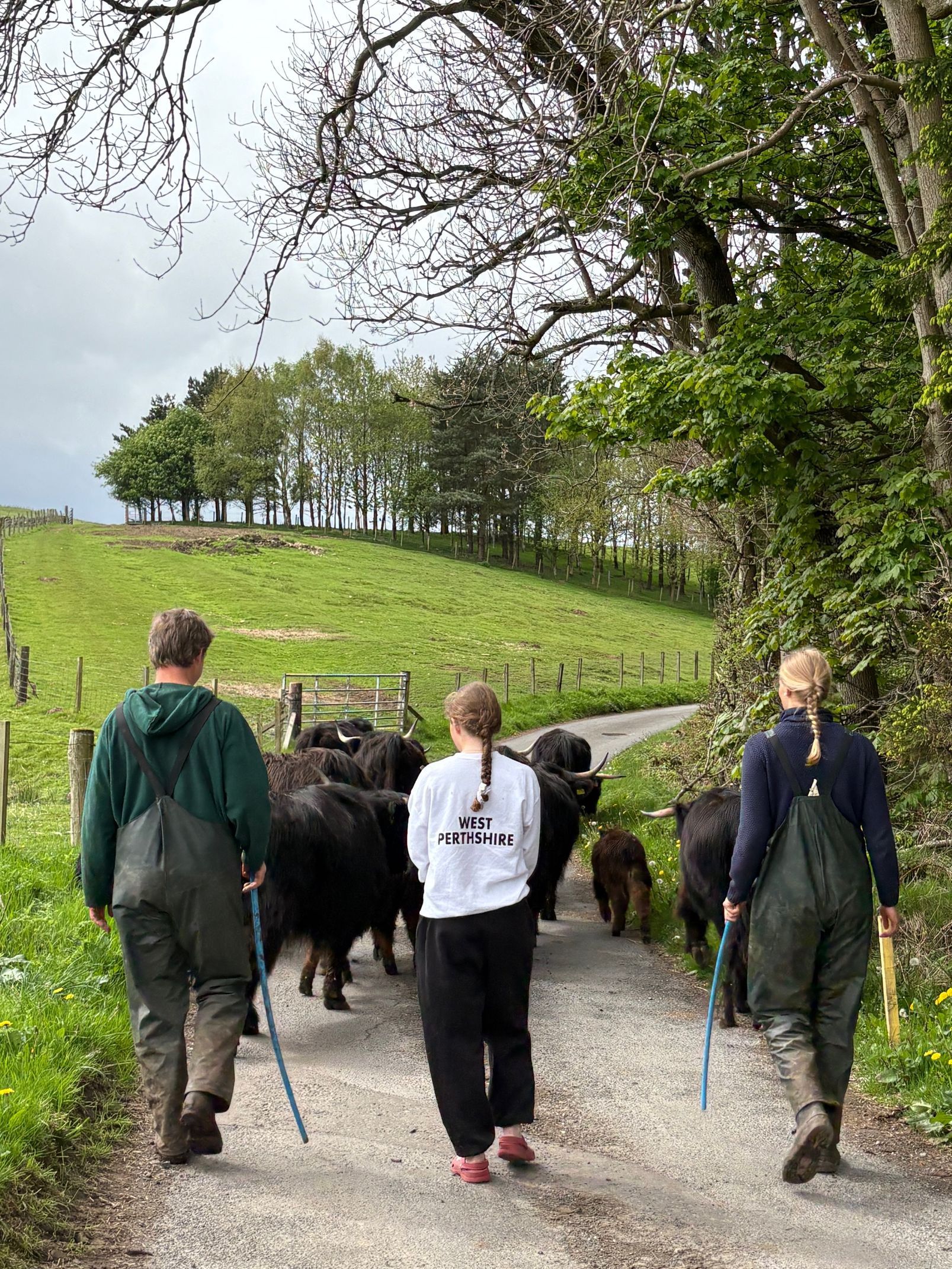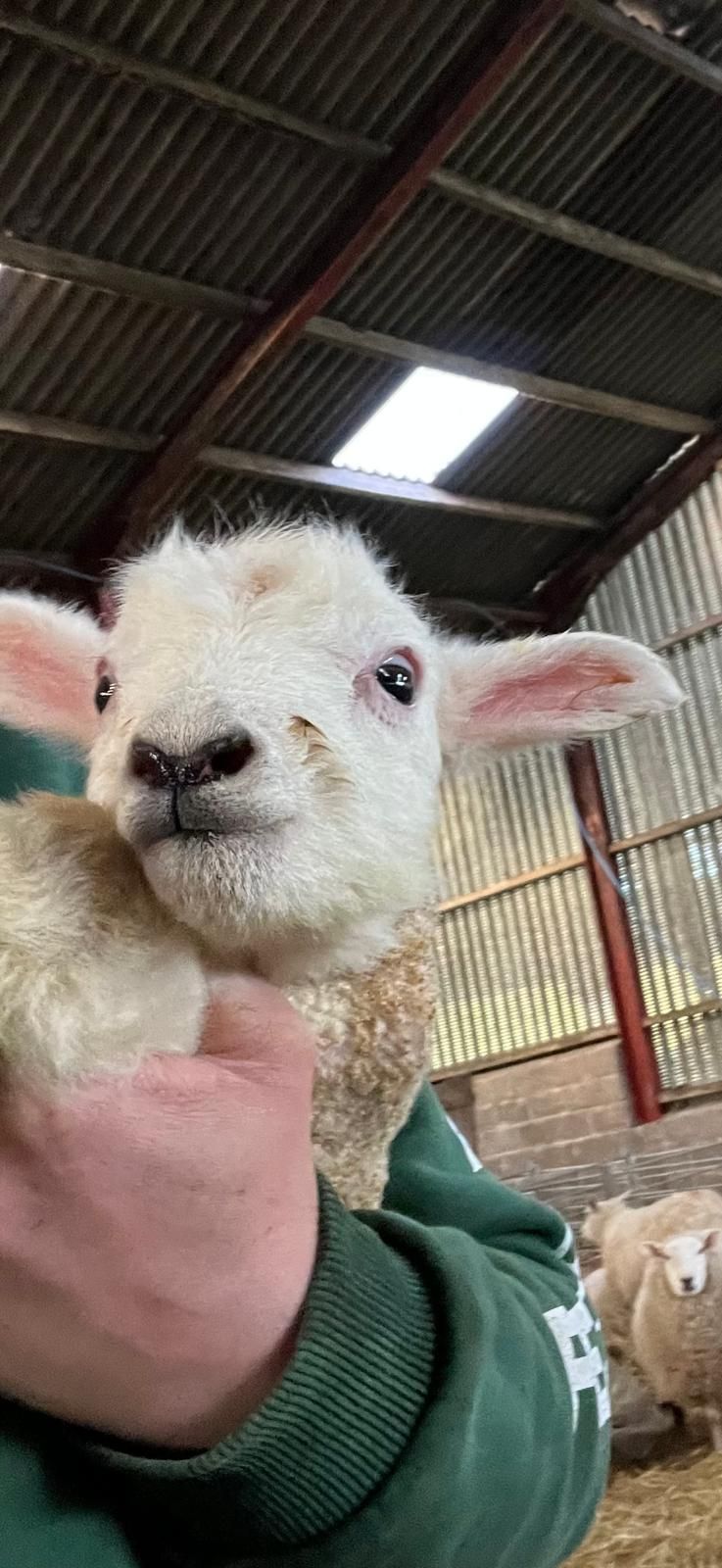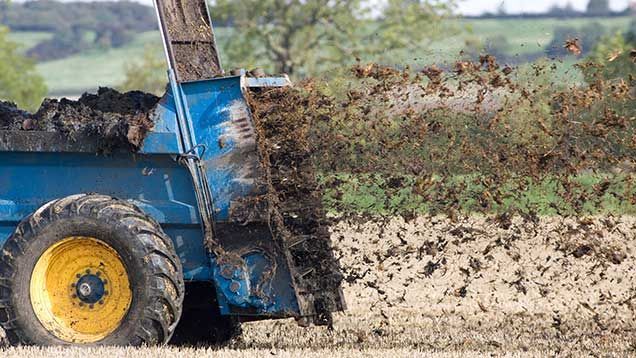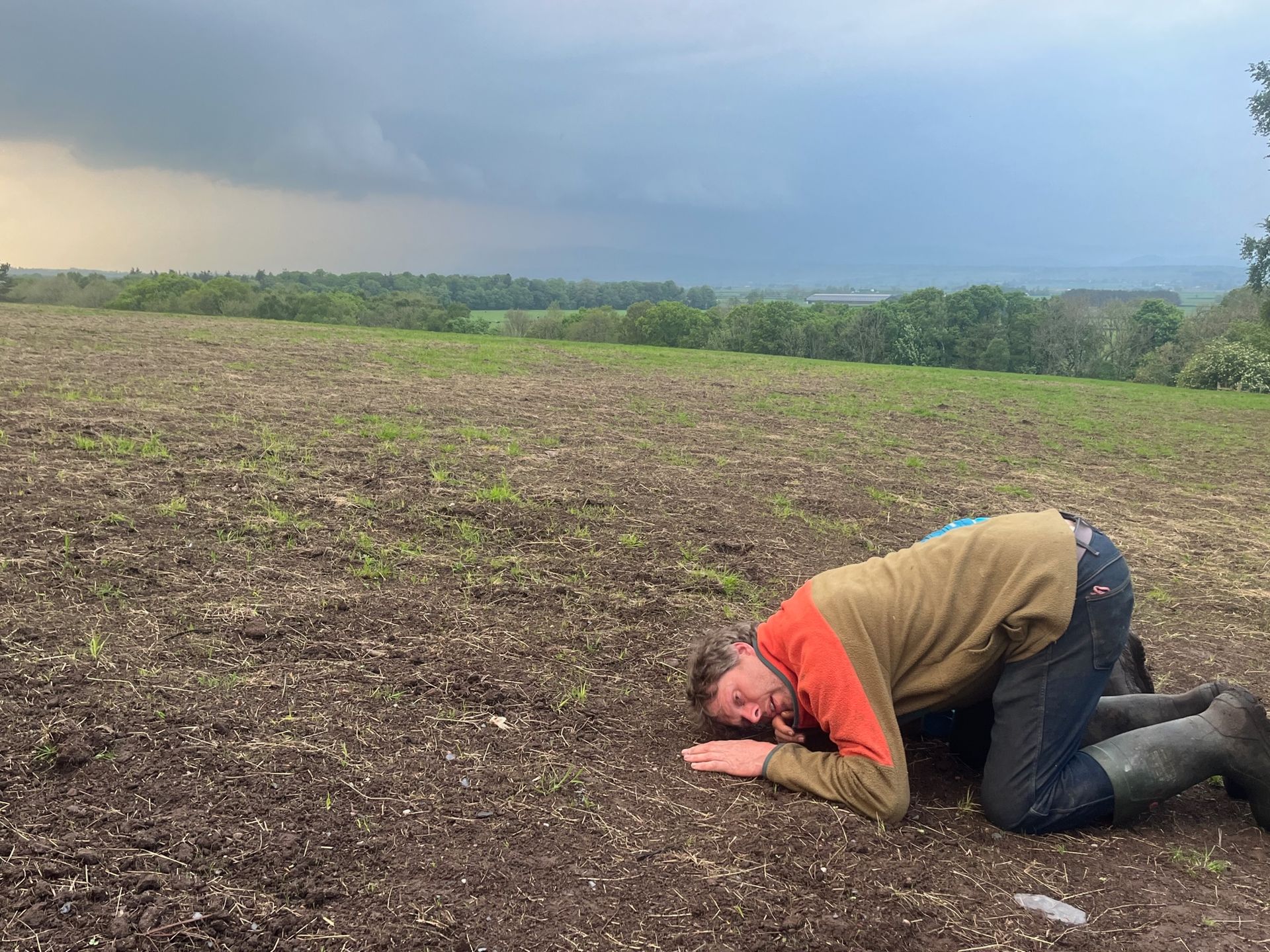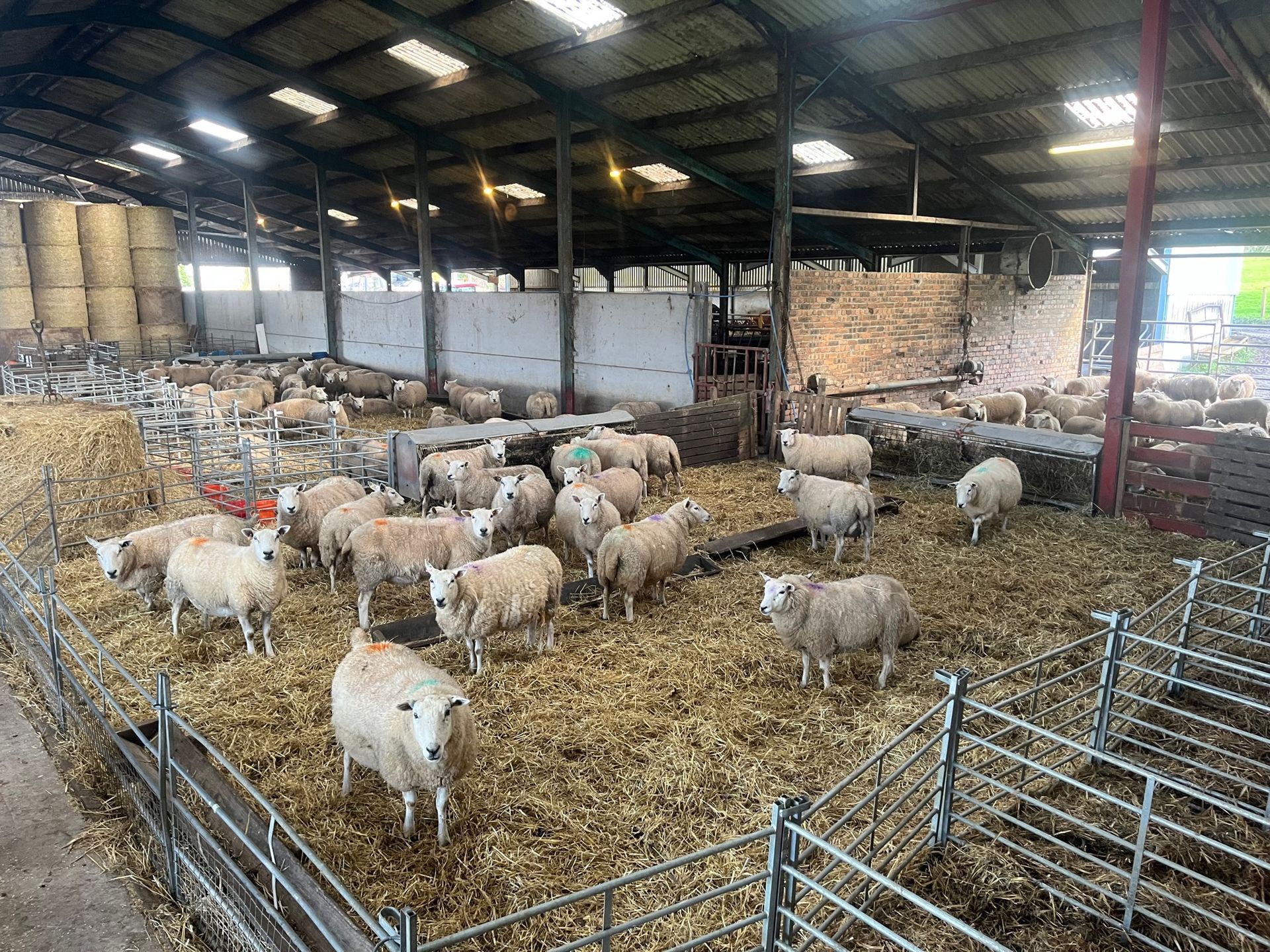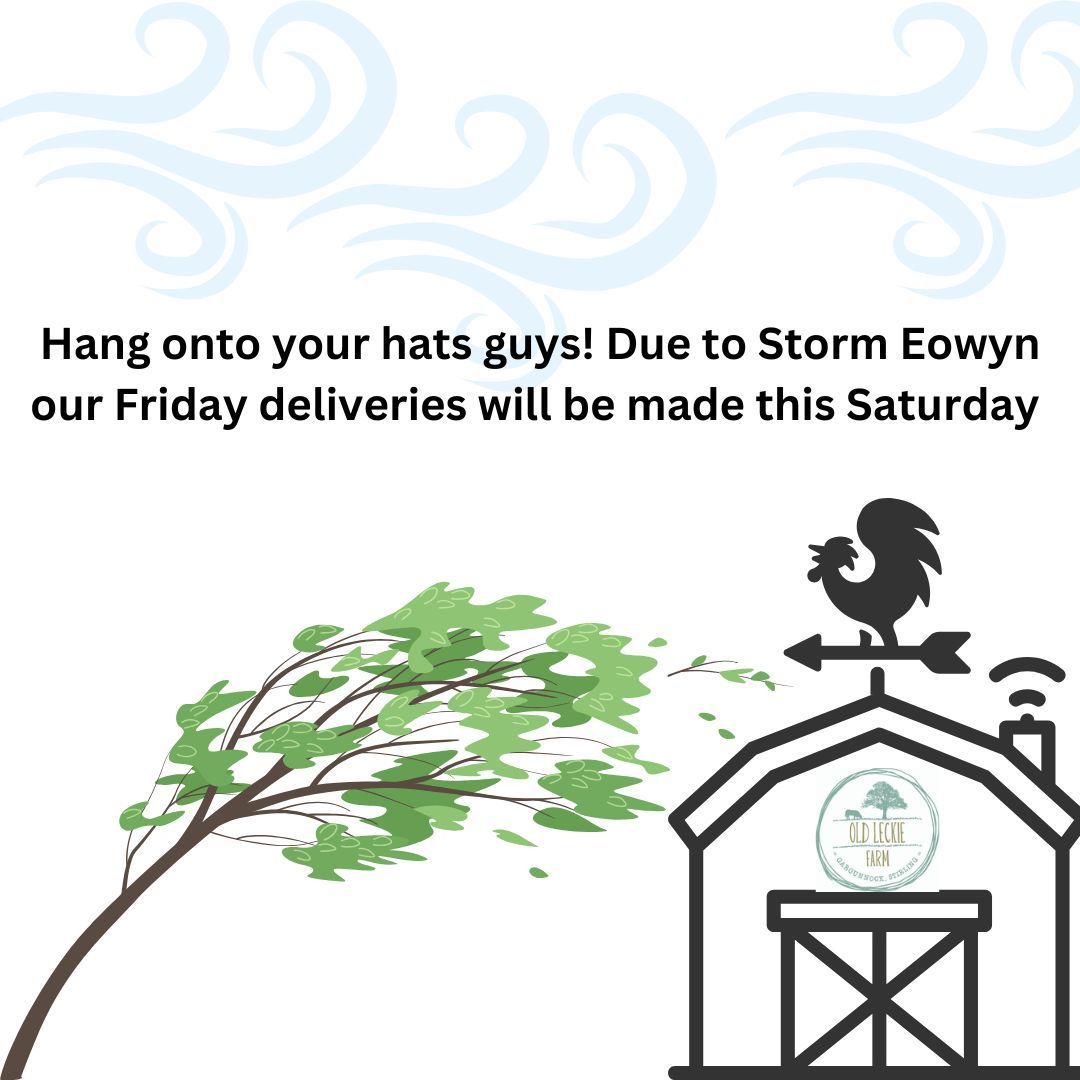Good Hay, Sweet Hay, Hath no fellow
The Carse of Stirling is famous for it's Timothy Hay. All the way back in 1720 farmer Timothy Hanson began to promote cultivation of this high fibre perennial grass. The dried hay not only feeds countless sheep, cattle and horses through winter but is also the staple diet for many domestic pets - if you have a rabbit or guinea pig then they too will be grateful for the last couple of weeks of perfect hay making weather.
You don't want to cut Timothy too early - but when the bloom of it's flowering seed head turns the fields a dusky purple the crop is ready. All that is then needed is good weather to cut, turn and dry the grass over 4 or so days before rowing up and baling. You only need to have driven along the A811 from Loch Lomond to Stirling this last week to see the fruits of farming labours - dwarfed by towering hay stacks and incredulous at the sheer number of round bales shorn from their fields.
It never ceases to amaze me that the Carse gives up this annual harvest given that it was once an un-navigable water ladden peat bog. Take a walk round nearby Flanders Moss National Nature Reserve nearby to better understand how this landscape used to look before the peat was hand cut and floated off down the River Forth to leave the claggy soils we now farm on the flatlands. An inconceivable feat of massive human endeavour. When holidays are curtailed - and long days turn into long nights as the repetitive haymaking churns on - it's good to remember that compared to those efforts, ours seem a little paltry.

